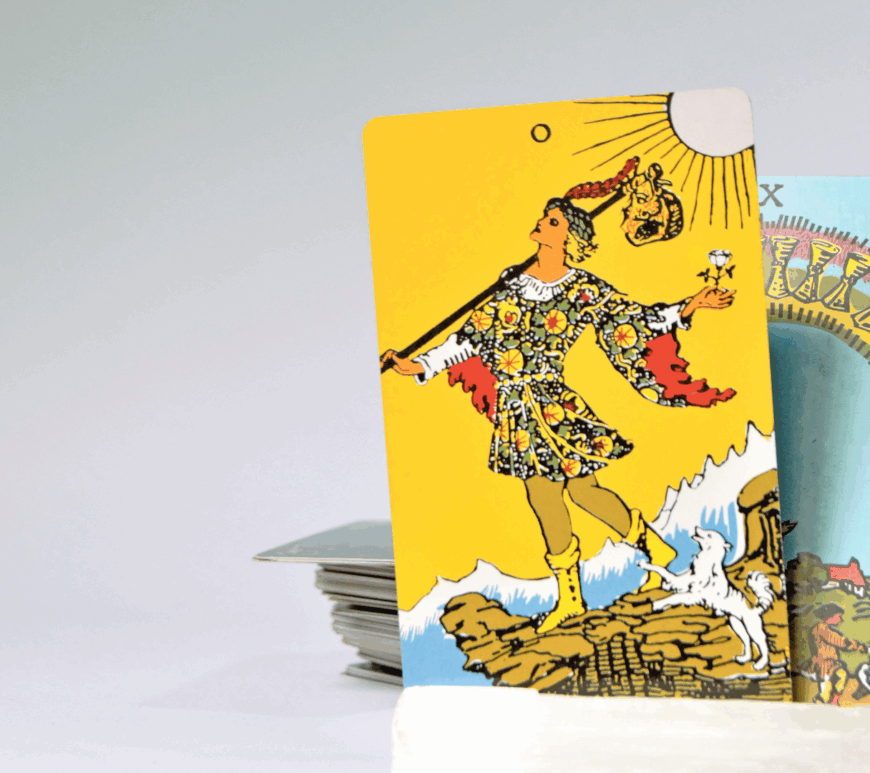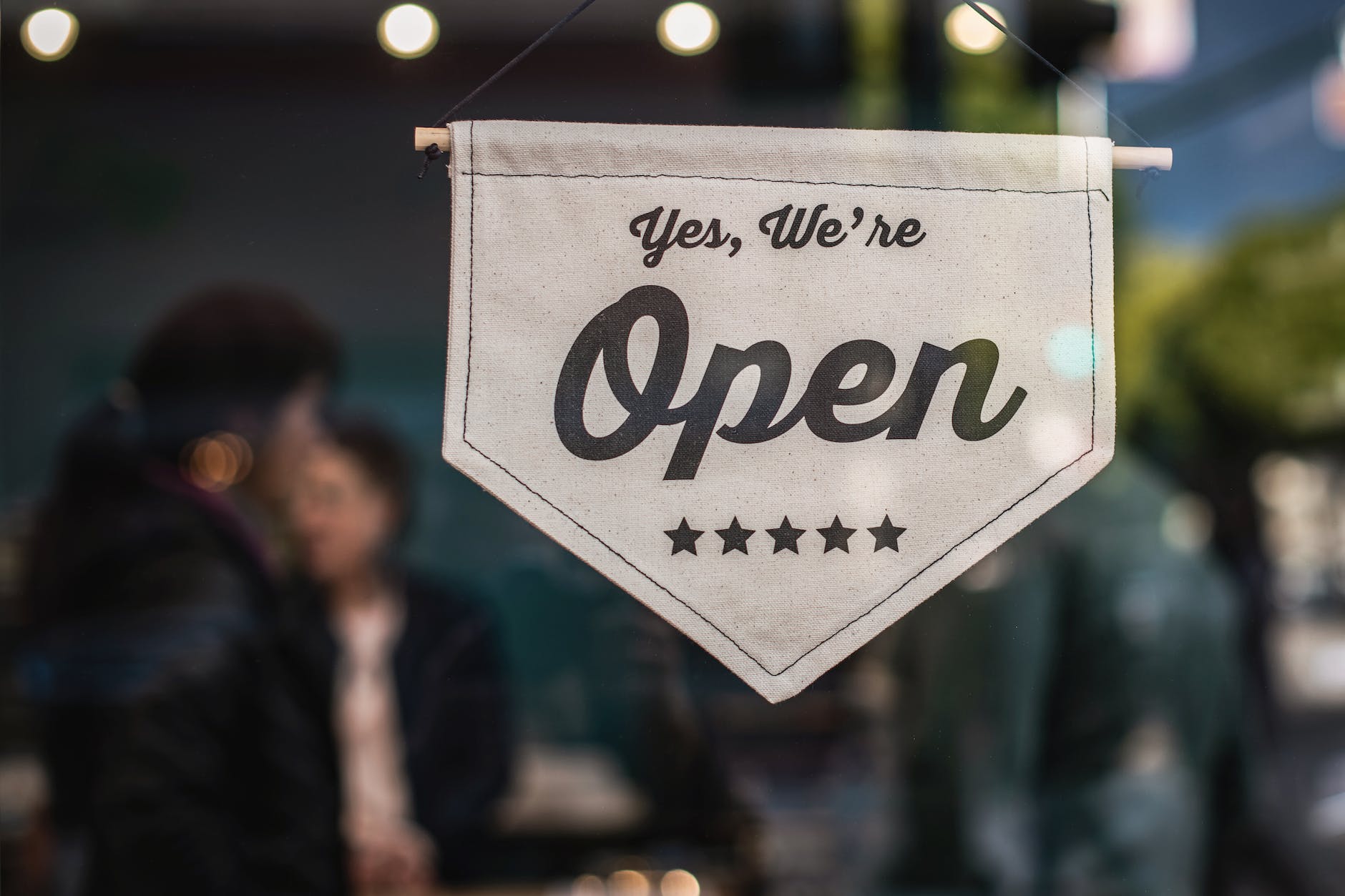
Tarot-Inspired Brand Archetypes
What the Major Arcana can teach us about branding? I’ve been learning tarot for over five years. It’s a beautiful, symbolic, slightly chaotic system — full of archetypes, contradictions, and the occasional dose of existential dread (thanks, Tower!). So, being a marketer at heart, I did what marketers do best: simplified the process and gave it a new application. What if tarot could help us … Continue reading Tarot-Inspired Brand Archetypes




